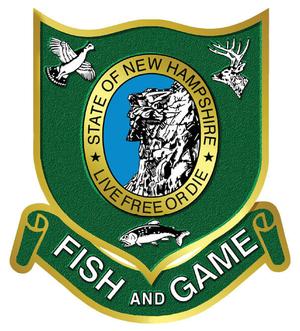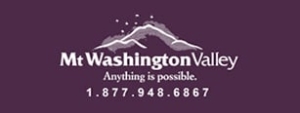New Weather Station in Northern NH to Assist with Wildfire Prevention
The N.H. Division of Forests and Lands, in cooperation with the N.H. Department of Fish and Game, has installed a new Remote Automated Weather Station at the Warren Fish Hatchery.
RAWS are self-contained solar-powered weather stations that provide local weather data, including air temperature, relative humidity, wind speed and direction along with rainfall measurements, solar radiation levels, as well as fuel temperature and moisture. Data are updated on an hourly basis utilizing Geostationary Operational Environmental Satellite transmissions. The data are used by fire prevention and management professionals to monitor and calculate daily wildfire danger.
The Warren station is the fourth permanent RAWS installed in New Hampshire; one additional portable weather station is also in service. Together, they form a network that monitors daily wildfire danger factors from the North Country to the Monadnock Region to the Seacoast.
The White Mountain National Forest will benefit from the Warren station’s location and will use the information provided when conducting prescribed fires; the National Forest will assist the N.H. Forest Protection Bureau with the station’s maintenance costs.
“Successful wildfire prevention depends on teamwork, not only during an incident, but also when it comes to planning and preparation,” said Chief Steven Sherman of the N.H. Forest Protection Bureau. “The White Mountain National Forest and the N.H. Department of Fish and Game continue to be valuable partners for the bureau regarding wildfire management in our state.”
The N.H. Division of Forests and Lands was able to purchase the new weather station using funds awarded through an Emergency Management Performance Grant from the N.H. Division of Homeland Security and Emergency Management.
“The funding provided by this grant from New Hampshire Homeland Security and Emergency Management has increased emergency preparedness in our state by providing an additional tool for preventing a potential wildfire incident in the White Mountains Region,” said Patrick Hackley, director of the N.H. Division of Forests and Lands.
“We were able to match the HSEM grant through in-kind services, including staff emergency management training and preparation, as well as through our work responding to the COVID-19 State of Emergency. This multi-agency collaboration model exponentially raises the level of safety in our state for both our residents and visitors.”
The weather data from all five RAWS in the state is available online by visiting mesowest.utah.edu and clicking on New Hampshire on the map.
New Hampshire experiences about 250 wildland fires each year, which burn an average of 250 acres. Another 200-300 illegal fires occur each year that are extinguished before they turn into wildland fires.
Ninety percent of wildfires in New Hampshire result from human causes.
The N.H. Forest Protection Bureau is part of the Department of Natural and Cultural Resources’ Division of Forests and Lands, which protects and promotes the value provided by trees, forests and natural communities. For more information about the Division of Forests and Lands and the work of its Forest Protection Bureau, visit nh.gov/nhdfl or call 603-271-2214.



